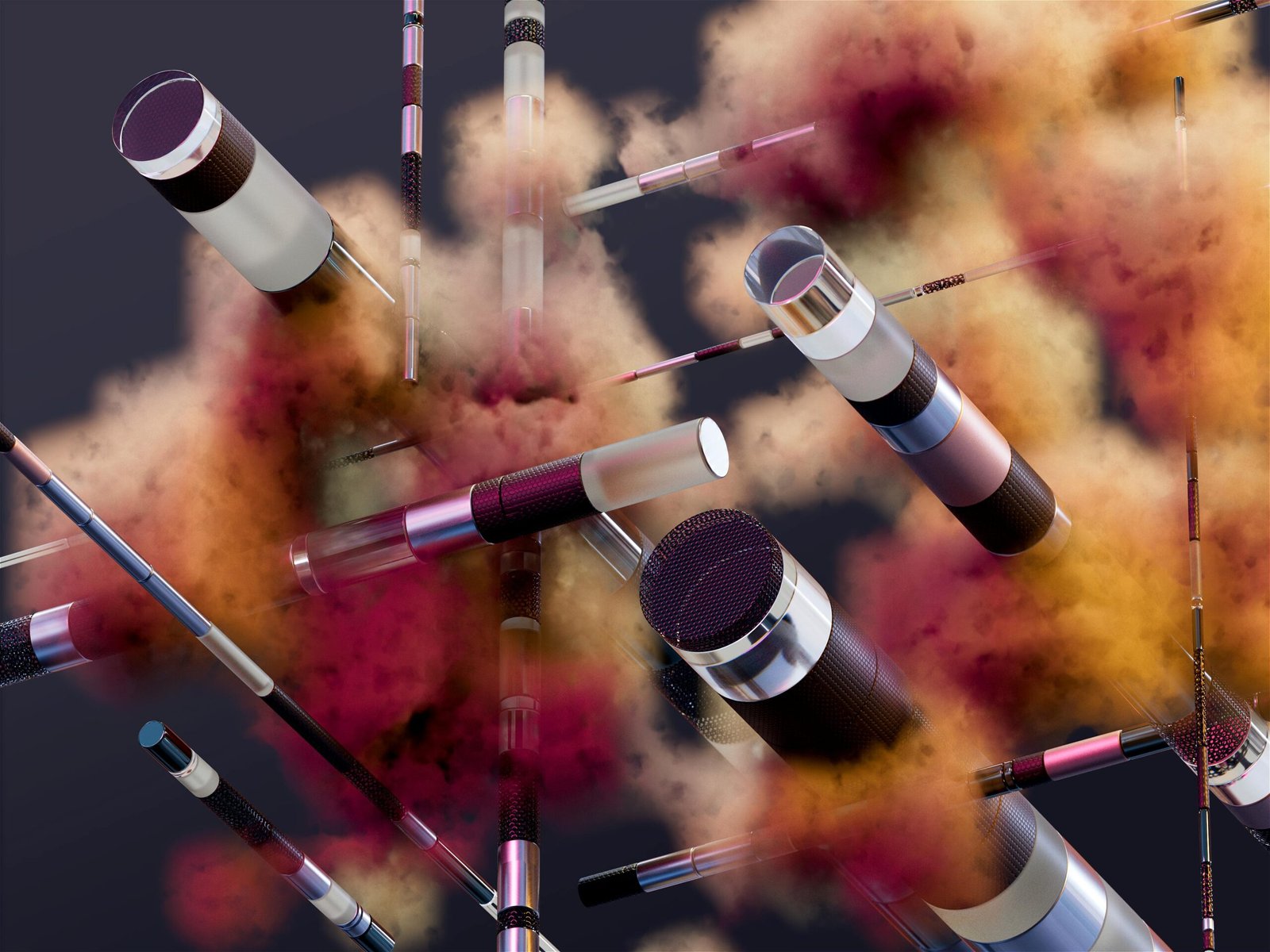Mistral Board Member Anjney Midha: DeepSeek Won’t Stop AI’s Insatiable GPU Hunger
The AI Arms Race Just Got Hotter
Six months ago, Anjney “Anj” Midha, Andreessen Horowitz general partner and Mistral board member, witnessed something that shook the AI world: DeepSeek’s jaw-dropping performance. With the release of Coder V2, DeepSeek rivaled OpenAI’s GPT-4 Turbo in coding-specific tasks, according to a published paper. This breakthrough set DeepSeek on a trajectory to release cutting-edge models every few months, culminating in its latest open-source reasoning model, R1.
R1 has upended the tech industry by delivering industry-standard performance at a fraction of the cost. But does this mean AI’s insatiable hunger for GPUs is over? Not even close, says Midha.
“When people ask, ‘Anj, Mistral has raised a billion dollars. Does DeepSeek make that unnecessary?’ I say no. It’s extraordinarily valuable for us to internalize DeepSeek’s efficiency improvements and throw a billion dollars at it. Now, we can get 10 times more output from the same compute.”
Anjney Midha, Mistral Board Member & a16z General Partner
Why GPUs Are Still King
Despite DeepSeek’s efficiency gains, the demand for GPUs—especially Nvidia’s H100s—remains sky-high. Midha, who leads a16z’s Oxygen program, reveals that GPUs are so scarce that his portfolio companies are overbooked. “I can’t allocate enough,” he laughs. Startups need GPUs not just for training AI models but also for running ongoing AI products for customers. The demand for inference—AI’s real-time decision-making—is insatiable.
Open Source vs. Closed Source: The Billion-Dollar Battle
Mistral’s open-source approach gives it a competitive edge against giants like OpenAI and Anthropic. While OpenAI is reportedly in talks to raise a staggering $40 billion, Mistral leverages the power of open-source collaboration. “You don’t need $20 billion. You just need more compute than any other open-source model,” Midha explains. This strategy allows Mistral to tap into free technical labor from developers who use and improve its models.
Meanwhile, Facebook’s Llama, the largest Western open-source AI rival, is also doubling down. CEO Mark Zuckerberg plans to spend hundreds of billions on AI, including $60 billion in 2025 on capital expenditures—mostly data centers.
DeepSeek’s Global Impact
DeepSeek isn’t just a tech breakthrough; it’s a geopolitical game-changer. Midha emphasizes the importance of infrastructure independence for nations. “Do they want to rely on Chinese models with censorship and data control, or Western models that follow NATO agreements?” he asks. Hundreds of companies have already blocked DeepSeek, citing these concerns.
But not everyone is convinced. Companies like Intel’s former CEO Pat Gelsinger are building AI chat services on their own version of DeepSeek R1, bypassing Llama and OpenAI. And with DeepSeek available on platforms like Microsoft Azure Foundry, developers can use it securely without relying on DeepSeek’s cloud service.
The Bottom Line
DeepSeek’s efficiency gains are revolutionary, but they won’t stop the AI industry’s GPU hunger. If anything, they’ll fuel it. As Midha puts it, “If you have extra GPUs, please send them to Anj.”
Want more AI insights? Sign up for TechCrunch’s AI newsletter and stay ahead of the curve.



